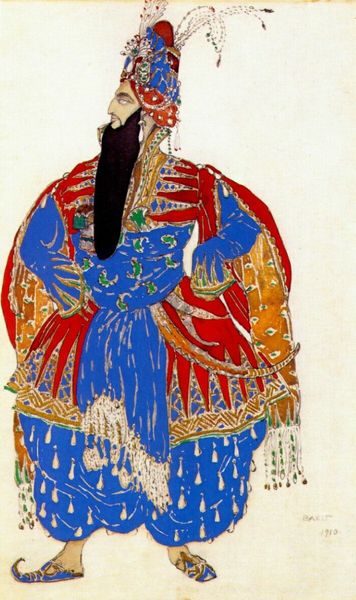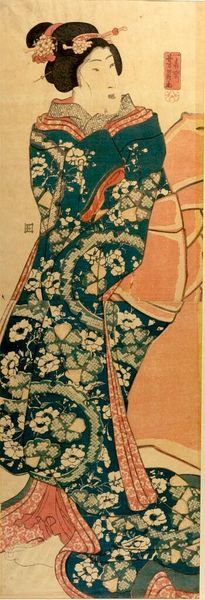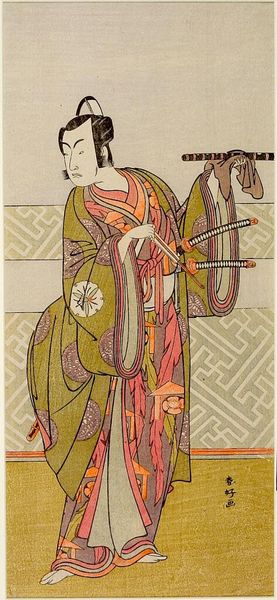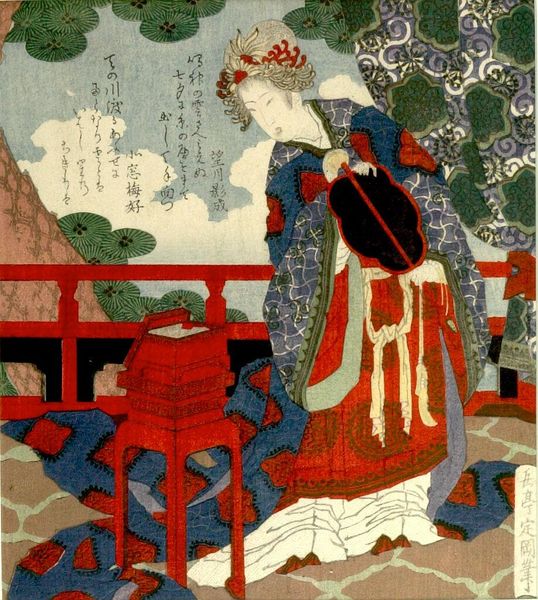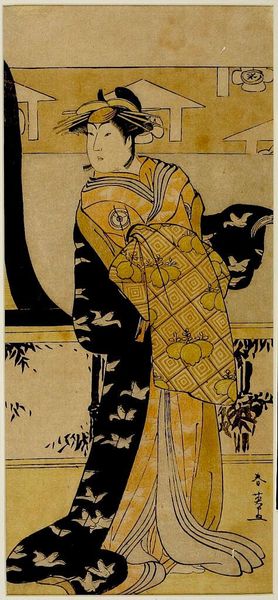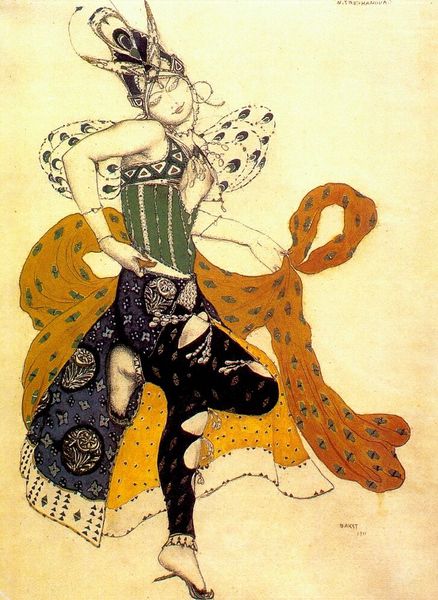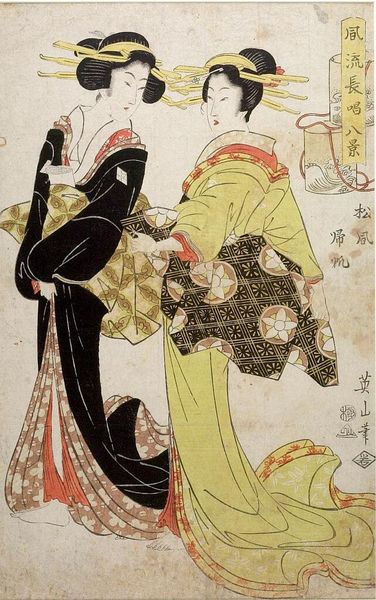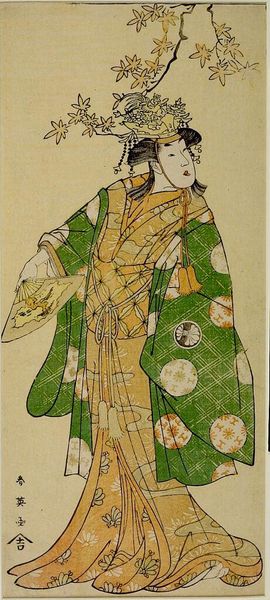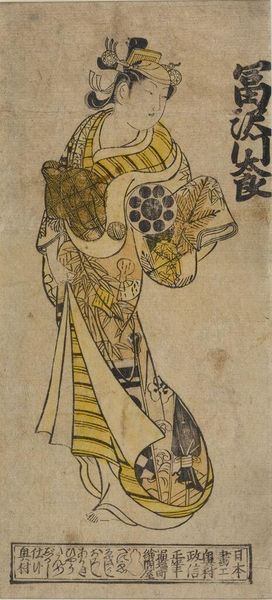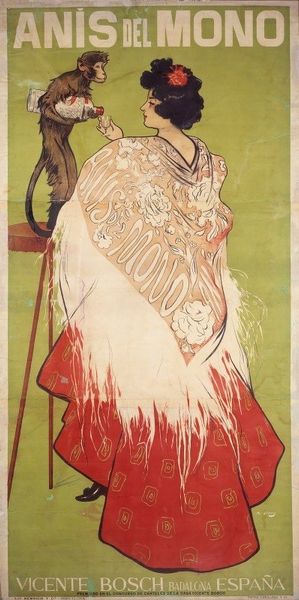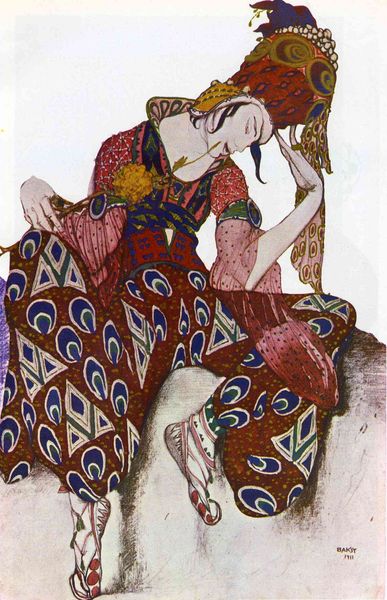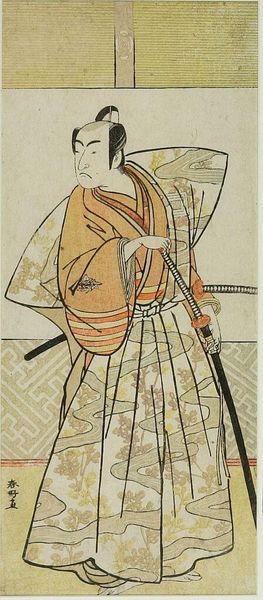
painting, gouache
#
portrait
#
art-nouveau
#
painting
#
gouache
#
hand painting
#
figuration
#
naive art
#
orientalism
#
costume
#
symbolism
Copyright: Public domain
Editor: This is Léon Bakst’s gouache painting, "Scheherazade the chief eunuch," from 1910. The vibrant colors and stylized depiction create a really striking image. What first jumps out at you about it? Curator: For me, this painting really exemplifies the Orientalist movement's complicated relationship with its subject. It's visually stunning, certainly, but what was Bakst, as a Russian artist working for Diaghilev's Ballets Russes, actually trying to say about Eastern cultures with this figure? Think about the intended audience – largely Western European. What ideas about power, exoticism, and the 'other' might this image have reinforced? Editor: So, you're saying it's not just a pretty picture; it carries a certain weight regarding how the West viewed the East back then? The “othering” is intentional? Curator: Precisely! Consider how the ballet "Scheherazade," for which this costume was designed, sensationalized and sexualized Oriental themes. Bakst's design, with its extravagant fabrics and focus on the eunuch figure, contributes to that. I mean, is this supposed to be an authentic depiction, or a theatrical fantasy designed to titillate a European audience? And what impact does that have on how we understand Islamic culture, for example? Editor: That's a really important point. I guess I was so caught up in the colors that I didn't consider the underlying message being conveyed. I hadn't thought about who was seeing this or the broader political implications. Curator: The brilliance of art lies partly in its ability to open conversations and inspire questions. This image forces us to grapple with the politics of representation. It highlights how visual culture played, and continues to play, a role in shaping perceptions of other cultures. Editor: Absolutely. I’ll never see this piece, or anything similar, quite the same way again. It's crucial to remember the historical context and the intended audience to understand a piece truly. Thanks for that!
Comments
No comments
Be the first to comment and join the conversation on the ultimate creative platform.
